Конспект уроку з англійської мови для 8 класу на тему "Knowledge is power"
Конспект уроку з англійської мови для 8 класу "Knowledge is power". Урок - презентація проектів по англомовних країнах. Цікаві та доступні матеріали зроблять ваш урок незабутнім.
Lesson 9
Theme. Knowledge is power
Objectives:
- Practical: to generalize and broaden pupils’ knowledge about English-speaking countries; to give characteristic some English-speaking countries; to develop pupils’ speaking skills in monologue dialogue speech.
- Educational: to develop interactive skills based on the country study; to teach pupils to collect information and make the conclusions; to encourage pupils to work on project.
- Developing: to develop pupils’ cognitive and creative skills; to develop the pupils’ cognitive competence.
- Upbringing: to widen the pupils’ outlook.
Equipment: cards, computer presentations of the projects.
Type of the lesson: presentation of projects.
Procedure
I. The beginning of the lesson
1. Greeting.
2. Introduction the theme and aims.
T: The aim of today’s lesson is to sum up the result of working on the topic. We have to listen to participants of the project.
3. Warming up.
T: And now look at the blackboard. Here you can see proverbs. Your task will be to match the English proverbs with their Ukrainian equivalents.
|
1. Knowledge is a treasure, but practice is the key to it. (Arabian) |
a) Знати, що і як. |
|
b) Вчення - світ, невчення - тьма. |
|
c) Вік живи-вік учись. |
|
|
|
|
|
f) Жодна людина не вміє усього. |
|
|
Keys: 1d; 2a; 3e; 4b; 5b; 6f; 7g.
T: And now read one by one. Thank you and now match the proverbs. Who knows? Rise your hand. Go to the black board.
II. The main part of the lesson
1. Buzz group.
T: Read some statements which will help you to discuss how important knowledge is and answer the questions below.
What do people do if they do not know something important needed for their work or profession? As a rule, they try to get more knowledge about it. They try to learn and understand what they do not know and try to use it in practical life. We need knowledge to be more useful for our society.
There is one English proverb that describes the main idea for today discussion, 'Knowledge is power'. This proverb means that the more a man knows, the greater power he has. Knowledge has given man his great power.
You may think that one cannot know everything. It is correct, of course, but everybody must always try to increase his or her knowledge. You get knowledge at school, from books, magazines, radio and TV programmes, the Internet…
Knowledge of history helps us to understand the past, the present and the future. If your knowledge of other school subjects is good, it will help you in your future life.
1. What does the proverb 'Knowledge is power' mean?
2. Where do you get knowledge?
3. When do people try to get more knowledge?
4. Why do we need knowledge?
2. Presentation of the projects.
T: Last lesson I suggested you to participate in the project. Your task was to imagine a situation I was a tourist. I wanted to visit any English-speaking country. The groups would persuade me to visit one of the best English-speaking countries.”
Introducing the projects.
The first project group
England
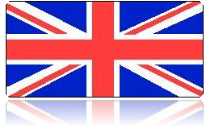
"England" is sometimes, wrongly, used in reference to the whole United Kingdom, the entire island of Great Britain (or simply Britain), or indeed the British Isles. This is not only incorrect but can cause offence to people from other parts of the UK. (Nationality of the British people).
England is part of the United Kingdom, along with Scotland and Wales.
Great Britain, the United Kingdom and the British Isles do not mean the same thing. Great Britain is very often, but incorrectly, used as a synonym for the sovereign state properly known as the United Kingdom of Great Britain and Northern Ireland.
The United Kingdom is made up of
1. England: The Capital is London.
2. Scotland: The Capital is Edinburgh.
3. Wales: The Capital is Cardiff.
4. Northern Ireland: The Capital is Belfast.
Some more facts of England:
Population: 51 million people.
Geographic size: 129,720 square kilometres or 50,356 square miles.
Capital: London.
Major cities and population: London, Liverpool, Birmingham, Manchester and Nottingham.
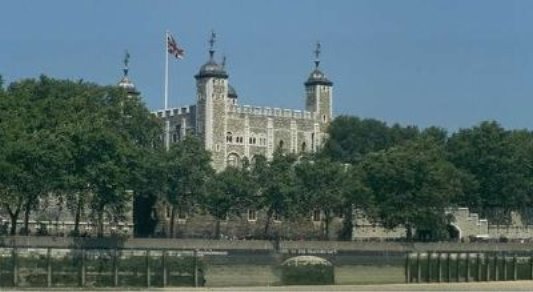
England has a rich history going back hundreds of years. England still maintains a monarchy, with the Queen of England.
You can still see traditional England in much of London, and other cities.
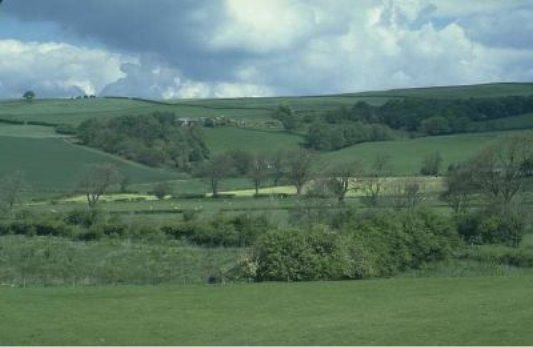
Much of England is rolling hills with occasional small fields or flatland.
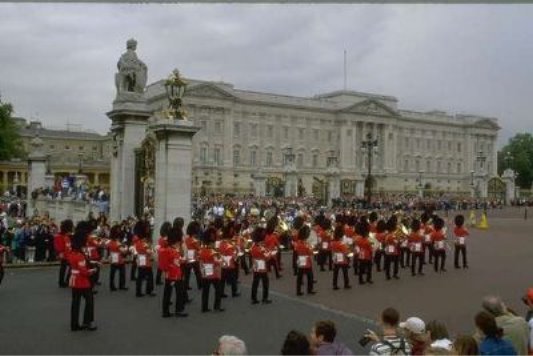
England has many areas of historical interest. The Queen and the Royal Family are a well known international symbol of England. The Buckingham Palace and the changing of the guards are two popular tourist attractions.
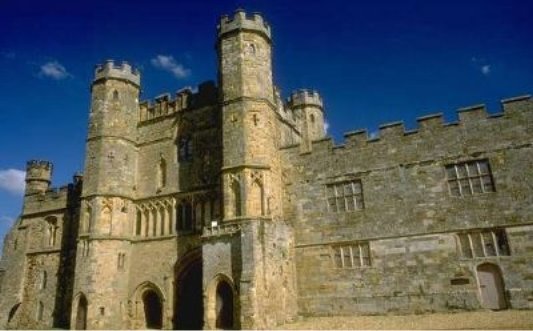
Other attractions include the London Bridge, Big Ben and the Saint Paul Cathedral.
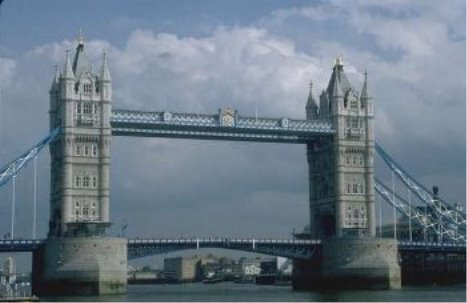
The Tower Bridge is another popular landmark.
England's traditional industries include iron and steel production, coal mining and textiles. Other industries include automobile manufacturing, electronic products and chemicals. The lowlands support some farming such as wheat, potatoes and vegetables. Dairy and sheep farming are common in the hilly pastures.
Britain was one of the first major world powers. British explorers discovered and colonized many parts of the world, including parts of North America. Britain was also one of the first industrial centers.
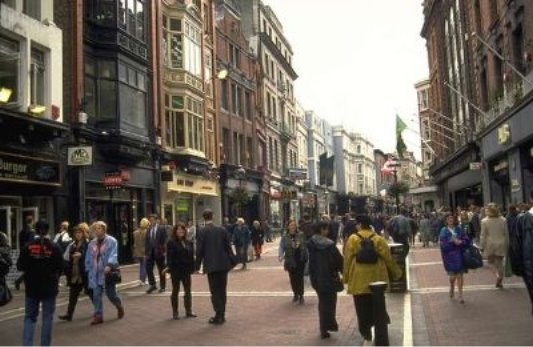
About 85% of the people in England live in cities or towns.

The "brownstone" is a very common form of housing in England.
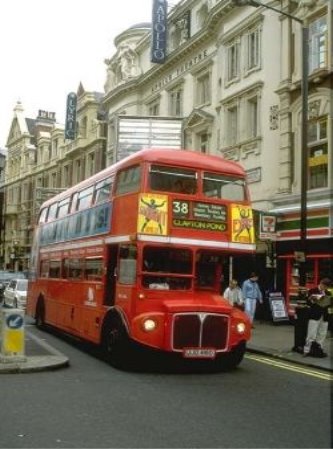
Double Decker buses are common site in London. Many North Americans have trouble driving in England because the steering wheel is on the right hand side of the car, and you drive on the left hand side of the road.
England has a moderate climate with temperatures typically ranging from about freezing to 75 degrees Fahrenheit. England also gets considerable rain.
Welcome to England!
The second project group
Canada
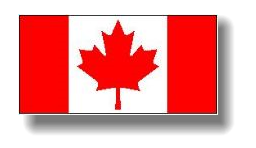
Canada is the second largest country in the world, smaller only to Russia.
Population: 28 million people
Geographic size: 3.9 million square miles
Capital: Ottawa
Major cities and population: Toronto, Montreal, Vancouver, Calgary, Edmonton, Winnipeg, Halifax
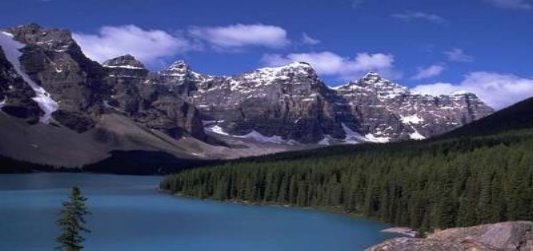
Canada has a very large and diverse range of geographic features. Canada is divided into 10 provinces and 2 territories. Canada stretches from the Pacific Ocean on the west, to the Atlantic Ocean on the east. Northern Canada reaches into the Arctic Circle, while southern Canada stretches below the northern points of the United States.
Canada has a very small population, 28 million people, for its geographic size. Much of Canada is still wilderness, cover by forests. The Rocky Mountains cover a major part of western Canada -- British Columbia, the Yukon Territory, and the western part of Alberta.
West-central Canada is mostly prairie, consisting of large grain farms.
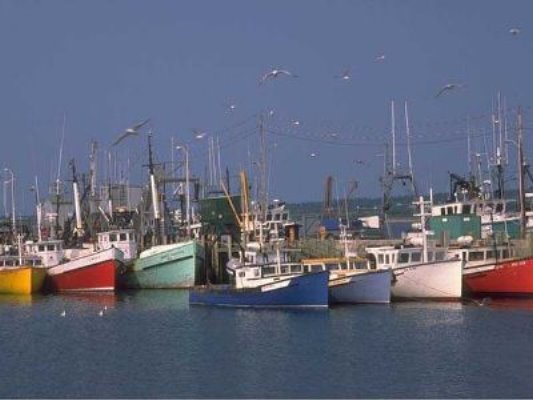
The east-central parts of Canada are the provinces of Ontario and Quebec. These are major population and industrial areas.
The Maritime provinces on the east coast rely very heavily on the Atlantic Ocean for their way of life.
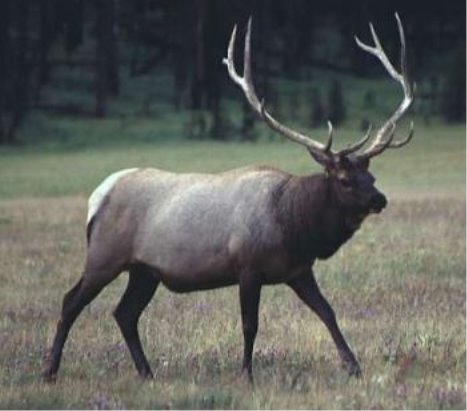
The majority of Canada is still wilderness. This makes Canada a popular spot for hunting and fishing.
Niagara Falls is one of Canada's best known tourist attractions. It is the largest falls in the world, measured in volume of water.
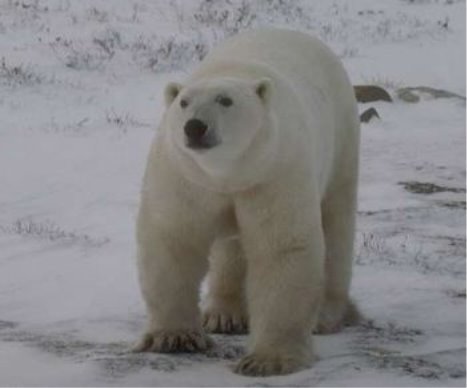
Most of Canada's northern islands are located inside the Arctic Circle.
The industry varies as you look across Canada. British Columbia, on the west coast, has historically relied on natural resources such as mining and timber. Manufacturing is now becoming much more important to the economy. Alberta has benefited from considerable natural resources including oil and natural gas. It is also rich in minerals such as zinc, silver, nickel and uranium. The prairie provinces of Manitoba, Saskatchewan and parts of Alberta produce more than 20% of the world's wheat. Other forms of farming and cattle also contribute to the economy.
Ontario and Quebec are the industrial centre of Canada. They have a wide variety of manufactured goods. The lower part of Ontario also has very rich farm land, with many orchards. This Niagara area is also known for its wine production.
The maritime provinces of New Brunswick, Nova Scotia, Prince Edward Island and Newfoundland rely heavily on fishing and natural resources such as timber. Prince Edward Island is also well now for its potatoes.
Native Americans lived in Canada for thousands of years. In the early 1600s, colonists from Britain and France began to settle in eastern Canada, along the St. Lawrence River. Canada proved to be an excellent spot for trapping and trading of furs. In the 1800s, settlers began to push west. Most of the native Americans were displaced by the Europeans.
Both English and French still play a significant role in Canada, with both being official languages. Most of Quebec and parts of eastern Canada are still heavily influenced by their French origins. Much of the rest of Canada is English origin. Canada has also had significant immigration from other European countries such as Germany, Italy and the Ukraine. There are also many immigrants from Asia. The Canadian Government tries very hard to maintain a multi-cultural environment, encouraging people to maintain their heritage.
Most of Canada's population lives within 100 miles of the border with the United States. About 75% of the population lives in major cities or towns. With Canada being so large, the climate varies considerably throughout the country. Canada is generally known for its cold winters and hot, but short, summers.
Welcome to Canada!
The third project group
Australia
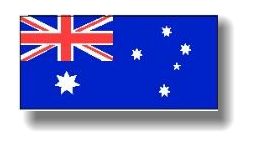
Australia is the sixth largest country in the world. Australia is an island, surrounded by water. It is located on the smallest continent in the world.
Population: 17.5 million
Geographic size: 2.97 million square miles
Capital: Canberra
Major cities and population: Brisbane, Sydney, Perth, Melbourne, and Adelaide.
Australia has a very dramatic landscape. Australia is famous for its "outback," the remote lands of the interior.
The desert outback covers most of the interior. It is too hot, dry and barren to support many people.
Eastern Australia has large areas of grasslands, used primarily for sheep and cattle ranches.
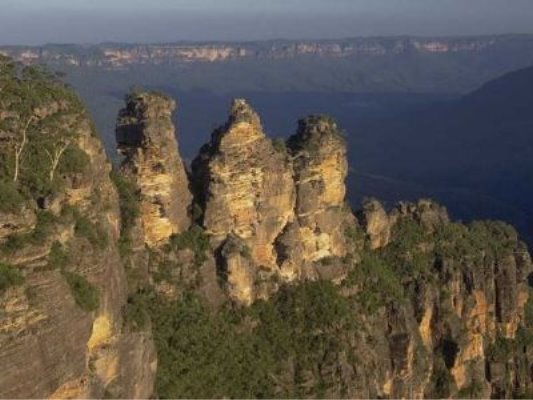
Australia also has some mountainous areas and plateaus scattered throughout the country. The Blue Mountains, on the south-eastern end of Australia, get their name from the blue haze caused by oil droplets given off from the eucalyptus trees. As an island, Australia also has many beautiful coastal beaches.
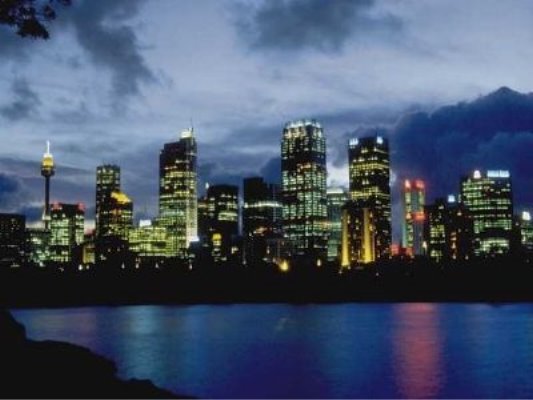
Over 70% of Australians now live in cities or towns. Most of this population lives in the eastern and southern coasts and around Perth in the west.
Australia is home to many animals not found anywhere else in the world.
These include the kangaroos and the koala.
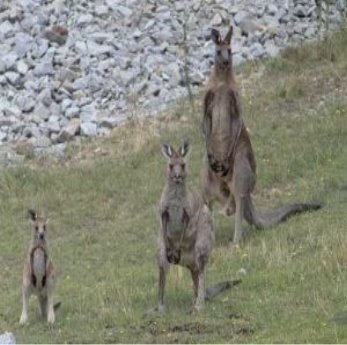
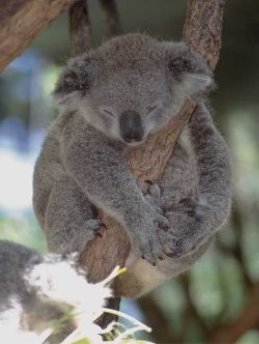
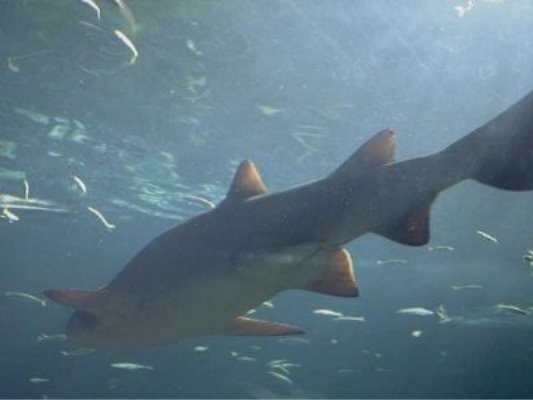
Off the northeast coast of Australia is the Great Barrier Reef. The Great Barrier Reef is over1,200 miles of coral. It has developed over the last million years, and is now the largest
living structure in the world.
It is home to many sharks and thousands of different types of tropical fish.
The Native Australians, or Aborigines, have lived in Australia for at least 40,000 years. In 1788, the British founded a prison colony on the east coast of Australia, in New South Wales. As more Europeans moved to Australia, the Aborigines were driven from their land. Australia is still part of the British Commonwealth.
The Native Australians, or Aborigines, have lived in Australia for at least 40,000 years. In 1788, the British founded a prison colony on the east coast of Australia, in New South Wales. As more Europeans moved to Australia, the Aborigines were driven from their land. Australia is still part of the British commonwealth.
Australia is still heavily influenced by its British and European origins. The Australian government is now making major efforts to preserve Australia's culture, including that of the Aboringines.
Much of Australia has a continental climate. The temperatures get hot during the day, then drop considerably at night. Australia is also very arid, getting very little rain.
Welcome to Australia!
III. Finishing the lesson
1. Summing up.
T: Thank you very much. After your project work I’d like to visit these countries.
Let’s sum up the results.
What interesting information have you learned about these countries?
2. Homework .
pp. 136-139 “Into My Portfolio”.
3. Analysis of pupils’ answers. Assessments .
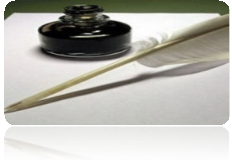
.
Literature
- Alla Nesvit ”English”. Pupil’s book 8 Київ «Ґенеза», 2008.
- Oksana Karpiuk ”English”. Pupil’s book 8 Тернопіль “Астон” 2008.
- Зінов’єва Л.О., Омеляненко В.І. Усі фрази та діалоги “ English” Харків “ Торсінг плюс”, 2008
- Карпенко О.В. “ Focus on Great Britain” Харків “ Ранок”, 2004.
- Тучина Н. В., Мекулова Т.К., Кузьміна В.С. “Speak English with Pleasure” Київ “ Навігатор”, 2006.
- Ходаковська О.О. 2 Англійська мова Харків “ Ранок”, 2008.
- Пособие « Brush Up Your Talk”


про публікацію авторської розробки
Додати розробку
